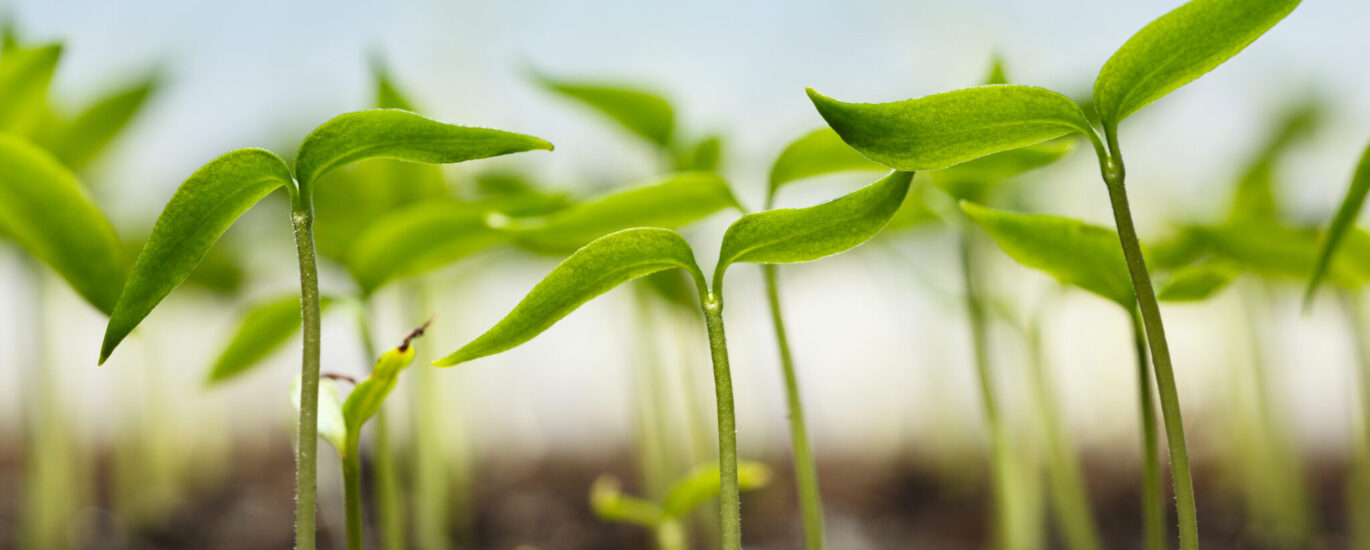Demand is expected to increase at a CAGR of 10.8% over the projected period. The market for biostimulants is predicted to be worth US$ 3.4 billion in 2023, and rise to US$ 9.6 billion by 2033.
Due to their numerous potential applications and promising futures, biostimulants are employed in horticulture and agriculture. Growing demand for eco-friendly agricultural solutions in developing nations like China and India opens up a new market opportunity for biostimulants producers.
Since food security and public health are closely related, all parties participating in the agri-food sector have sought to enhance sustainable food production. The largest phytopharmaceutical companies in Asia Pacific and Europe have intensified their production and research activities for natural products.
Lack of restrictions related to the product’s commercialization may impede the market’s development and expansion during the projection period. Growth is constrained by a lack of confidence in new products, a shortage of information about high-quality products, and a lack of clear regulatory.
In the majority of markets, the data requirements for the product are often obtained from those produced from synthetic substances. Similarly, there are still no well-established endpoints for risk evaluations despite the fact that these products have been used in commerce for years.
For details on vendors and their offerings – Request a sample report: https://www.futuremarketinsights.com/reports/sample/rep-gb-354
Key Takeaways
- By 2033, the US dominates the biostimulants market, with a CAGR of 9.6%.
- The market for biostimulants increased at a 10.1% CAGR between 2017 and 2022, citing FMI’s study.
- The expansion in China is anticipated to expand at an adequate CAGR of 13.3% by 2033. China’s market is likely to generate a share of US$ 1.1 billion by 2033.
- Japan’s market share for biostimulants is 10.8% by 2033, with the value of US$ 490 million.
- Between 2023 and 2033, the biostimulants market is likely to increase in South Korea at 11.6% CAGR, respectively.
- The expansion in the UK is anticipated to expand at an adequate CAGR of 9.9% by 2033. The UK’s market is expected to generate a share of US$ 476.2 million by 2033.
- Based on active ingredients, the acid-based segment is expected to dominate the market with a CAGR of 10.6% by 2033.
- The adoption trends of biostimulants are predicted to change due to the rising demand for organic farming. As a result, the market is anticipated to increase positively by 1.09x between 2022 and 2023.
Key Strategies in the Industry
The main factor of the market’s fragmentation is the growth of local players and regional marketplaces in various regions of the world. The two regions with the biggest market activity are North America and Europe.
UPL Limited, Biostadt India Limited, Isagro SPA, Valagro SpA, and Tradecorp International are a few of the leading businesses in the biostimulants market. For the purpose of expanding their businesses, these significant firms invest in new products, product improvement, expansions, and acquisitions.
Recent Developments
- A new line of biostimulant solutions based on GoActiv Technology was launched by UPL Australia in June 2021. These products are intended to target particular crop physiological “pain points” or abiotic stresses in fruit and vegetable, vine, and tree crops.
- Isagro Group acquired Phoenix Del in 2020 in order to increase the variety of copper-based fungicides and biostimulants it offers. The goal of this acquisition was to advance technology and transform the products in its “BioSolutions” section.
Ask to Analyst @ https://www.futuremarketinsights.com/ask-question/rep-gb-354
Key Segments
By Active Ingredient:
- Acid-Based
- Extract-Based
- Others (including Microbial Amendment, Trace Minerals, etc.)
By Crop Type:
- Row Crops
- Fruits & Vegetables
- Turfs & Ornamentals
- Other Crop Types
By Application:
- Foliar
- Soil
- Seed
By Region:
- North America
- Latin America
- Europe
- South Asia
- East Asia
- Middle East & Africa
- Oceania
Table of Content
1. Executive Summary | Biostimulants Market
1.1. Global Market Outlook
1.2. Demand-side Trends
1.3. Supply-side Trends
1.4. Technology Roadmap Analysis
1.5. Analysis and Recommendations
2. Market Overview
2.1. Market Coverage / Taxonomy
2.2. Market Definition / Scope / Limitations
3. Market Background
TOC continued…!
About FMI
Future Market Insights, Inc. (ESOMAR certified, Stevie Award – recipient market research organization and a member of Greater New York Chamber of Commerce) provides in-depth insights into governing factors elevating the demand in the market. It discloses opportunities that will favor the market growth in various segments on the basis of Source, Application, Sales Channel and End Use over the next 10-years.
Contact Us:
Future Market Insights Inc.
Christiana Corporate, 200 Continental Drive,
Suite 401, Newark, Delaware – 19713, USA
T: +1-845-579-5705
For Sales Enquiries: sales@futuremarketinsights.com
LinkedIn| Twitter| Blogs




